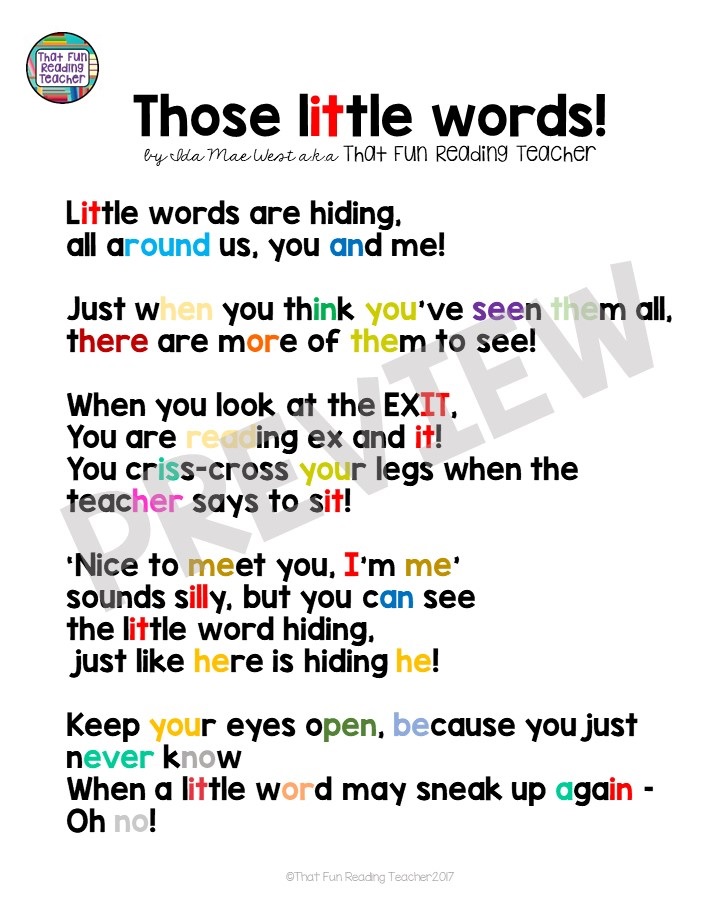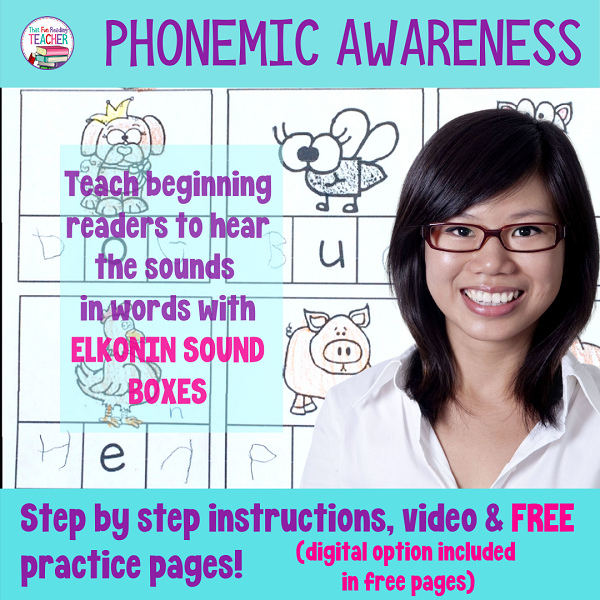Reading and writing are inherently linked, often referred to as being two sides of a coin. Often, we are reading while writing, and writing while we are reading. Conditioning one literacy ‘muscle’ will strengthen the other. Here is what I learned about this reciprocal relationship in my Reading Recovery training, along with some tips for building cross print connections in kindergarten and first grade.
When one side is stronger
During my training year in Reading Recovery, one of my students’ reading had taken off. The writing was still a struggle. I can remember reading about the reciprocal relationship between reading and writing in our training materials. Our training group had many discussions on the subject.
The time came for me to bring my student to the training site and ‘teach behind the glass’. Following her lesson, my colleagues and teacher leader agreed that my student was well on her way to becoming a strong and confident reader. She was moving up one reading level almost every week. The challenge was the writing part of the lesson. She struggled with generating a sentence, hearing and recording the sounds in words, and remembering high frequency words.
Two of my colleagues had already watched a lesson at my school and made suggestions for building up writing skills practice time with the classroom teacher, parents and volunteers. Not much had changed. Dare I break the three, ten-minute chunk lesson format to dedicate more time to writing?
The group felt it was warranted.
Here are the strategies that were suggested to me, and others I have used over the years to further link reading into writing time and writing into reading:
The tips:
- link through student’s strengths and interests to address needs
- place visuals in convenient locations. This allows students to make connections from various experiences throughout the day
- using The Top 3 Prompts in writing by asking student to reread what s/he has already written, checking if it makes sense, sounds right, looks right; then rereading again to figure out what comes next that would do the same
- encourage students to read and write in play and for real purposes
- empower your students! Show them little tricks like the word ‘day’ hidden seven times on the calendar. If they know the word ‘to’, they can put it together with ‘day’ and make today! They are detectives, and they already know how to read!
- label everything
- consider using a visual schedule
- students with a good bank of known high utility words will be more confident in their writing and reading, and will read more fluently, with greater expression and therefore better comprehension
- have picture dictionaries available
- have magnetic letters, letter stamps, clipboards, cards, write-the-room activities and premade blank books in play centers
- post visuals from your discussions, or items of interest with print – they may surprise you with what they notice !
Here are some examples of 8 1/2 x 11 posters I use for ‘detective work’ from my Sight-Word-Stages readers, sentence puzzles and fun follow-ups sets:
A child’s understanding of both reading and writing have as much to give to each other as they have to gain.
Early readers and writers vary in their ability to make cross-print connections. One child may notice a word in a book that she practiced writing at school the week before, when another may not recognize it at all, for example.
Have you noticed this in your students?
Best wishes to you and your loved ones,
More tips for building cross-print connections










Leave a Reply